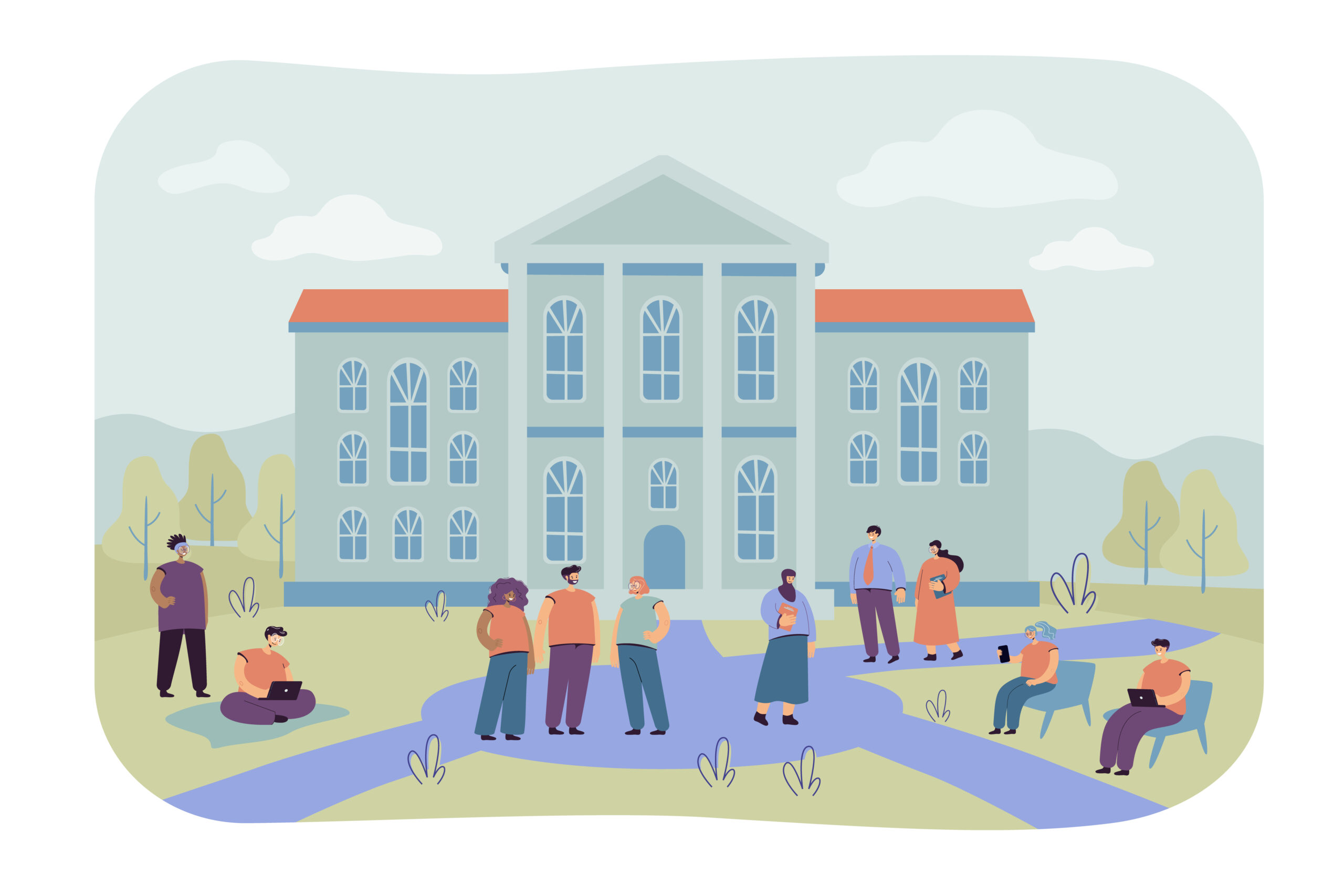In 2012, Brandon Busteed of Gallup posed a deceptively simple question to a range of education leaders: What is the ultimate outcome of an education? He received a range of expansive, thoughtful answers. But one answer—delivered by Nobel Laureate Daniel Kahneman—has echoed through my work for years. Kahneman’s response? “To change what you believe.”
That statement, as Busteed reflects in his article A Nobel Laureate’s Mind-Blowing Perspective on the Ultimate Outcome of an Education, cuts deeper than the traditional metrics of academic success. Education is not simply about what students know, but what they come to believe about themselves, others, and their capacity to impact the world. And that belief is forged not just in classrooms or textbooks, but in human connection.
At Porter Khouw Consulting, we’ve spent the last three decades arguing that nowhere is this transformative power more present—or more overlooked—than in campus dining programs. Through the intentional design of Next Generation Dining, built on the framework of SOCIAL ARCHITECTURE™, we’ve learned that dining is not a peripheral service. It is a mission-critical strategy for student development, emotional well-being, and lifelong success.
Belief Begins with Belonging
To believe differently, as Kahneman suggests, students must be emotionally and socially engaged in environments that challenge and support them. Busteed’s Gallup-Purdue Index reinforced this: graduates who felt cared for, mentored, and able to apply their learning in real-world settings were significantly more likely to thrive personally and professionally.
This doesn’t happen in isolation. Belief is a social construct. It requires dialogue, diversity, and relationships. Which brings us to a powerful truth: students don’t meet their lifelong friends, mentors, or future business partners in lecture halls—they meet them over meals.
Yet many campuses still treat dining as a logistical necessity rather than a strategic asset. Hours are limited. Facilities are transactional. Meal plans are confusing. The spaces are sterile. As a result, so many first-year students drift—eating alone, retreating to their rooms, or falling through the cracks of the very community they’re meant to join.
Dining as the Engine of SOCIAL ARCHITECTURE™
SOCIAL ARCHITECTURE™ is the idea that intentional design—physical, operational, and programmatic—can foster deep and lasting human connection. In the context of dining, it’s about building social ecosystems, not just food courts. It’s about crafting environments where students don’t just eat—they engage, connect, and belong.
Next Generation Dining programs are designed with this in mind. These are not traditional dining halls. They are vibrant, flexible, open spaces where food becomes the catalyst for conversation. Where cultural expression, collaboration, and community collide. Where students encounter unfamiliar worldviews, meet new friends, and build the confidence and social capital that unlock opportunity.
Through this lens, dining becomes the great integrator, cutting across demographics, majors, and identities. It fosters weak ties that often evolve into strong networks—the very kind that help students access the “hidden job market” of personal referrals and informal opportunities after graduation.
Creating Access to the Hidden Job Market
According to research, nearly 70-80% of jobs are never publicly posted. They’re filled through referrals and informal networks—what sociologists call the “hidden job market.” This is particularly important for first-generation students, those from underserved communities, or anyone without preexisting professional connections. They don’t just need information; they need access.
Access is built through relationships, and those relationships are built through shared experience. Next Gen Dining, when designed through the principles of SOCIAL ARCHITECTURE™, levels the playing field. It gives every student—regardless of background—daily, organic access to their peers, faculty, mentors, and even future collaborators.
We’ve seen students meet their future roommates, spouses, co-founders, and employers in these environments. These are not trivial anecdotes. These are defining moments in the arc of a student’s life. And too often, institutions fail to see that the greatest “return on investment” in student success doesn’t come from granite countertops or rooftop lounges—it comes from human connection sparked over shared meals.
A Strategic Imperative for Colleges and Universities
At a time when higher education is facing declining enrollments, mental health crises, and growing public skepticism about ROI, the stakes have never been higher. Schools must find ways to not only attract students, but to retain them, engage them, and prepare them for life beyond the classroom.
Dining programs, when reimagined as vehicles for SOCIAL ARCHITECTURE™, address multiple pain points simultaneously:
- Increase student retention by fostering belonging in the critical first 45 days.
- Support emotional well-being through daily face-to-face engagement.
- Drive housing occupancy with compelling, community-centered living experiences.
- Fuel academic and career success through mentorship and network-building.
This is not theory—it’s strategy. And it works.
From Belief to Breakthrough
To change what you believe requires more than access to information. It requires environments that demand presence, spark empathy, and invite transformation. A well-designed dining program is one of the few daily touchpoints that reaches every student on campus. That frequency and reach give it unparalleled power to shape beliefs—and lives.
So as institutions continue to invest in student success, let’s not overlook what’s right in front of us. Let’s design dining programs not as afterthoughts, but as the heartbeat of student life. Let’s infuse every aspect—from architecture to programming—with the principles of SOCIAL ARCHITECTURE™.
If Kahneman is right—and I believe he is—then the ultimate outcome of education is to change what you believe. And belief is born from belonging
Let’s start there.








